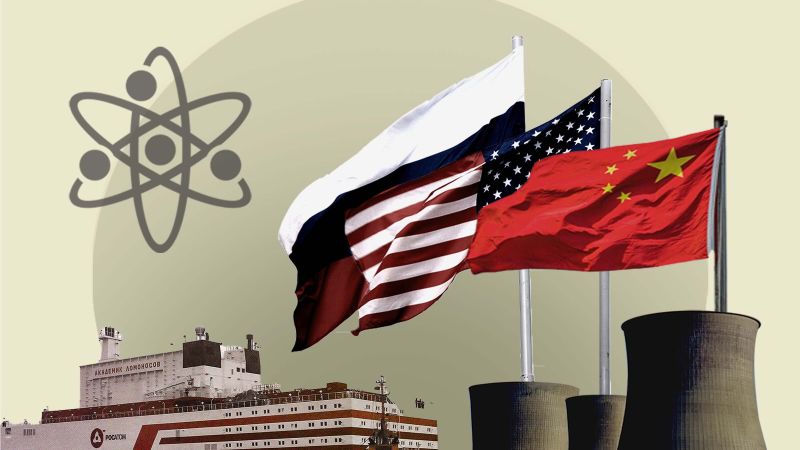Off the Siberian coast, not far from Alaska, a Russian ship has been docked at port for four years. The Akademik Lomonosov, the world’s first floating nuclear power plant, sends energy to around 200,000 people on land using next-wave nuclear technology: small modular reactors.
This technology is also being used below sea level. Dozens of US submarines lurking in the depths of the world’s oceans are propelled by SMRs, as the compact reactors are known.
SMRs — which are smaller and less costly to build than traditional, large-scale reactors — are fast becoming the next great hope for a nuclear renaissance as the world scrambles to cut fossil fuels. And the US, Russia and China are battling for dominance to build and sell them.



I doubt it. Unless they have power storage of some kind, like SSR designs where they use a thermal battery of some kind.
The fundamental issue with nuclear power is that it produces a fixed output (which falls over time) which cannot be managed. Aside from just deleting what would otherwise be power (which is where the power storage comes into play)
It’s not impossible though, but then again it’s not impossible for any nuclear plant to store energy.
The small reactors on submarines can maneuver very quickly without causing fuel damage. Less power per core = less heat generation. Large reactors are limited by flux rate because they can have such high localized heating during maneuvering which has the potential to damage fuel. In that sense, SMRs could raise and lower power to meet demand or even operate on full power/standby basis like what gas plants offer during peak load.
I can’t speak to the strategy of an electric utility using SMRs, but to your point, I would think the idea would still be base load. Build a site with the potential for more SMRs to be built to meet demand in the future.